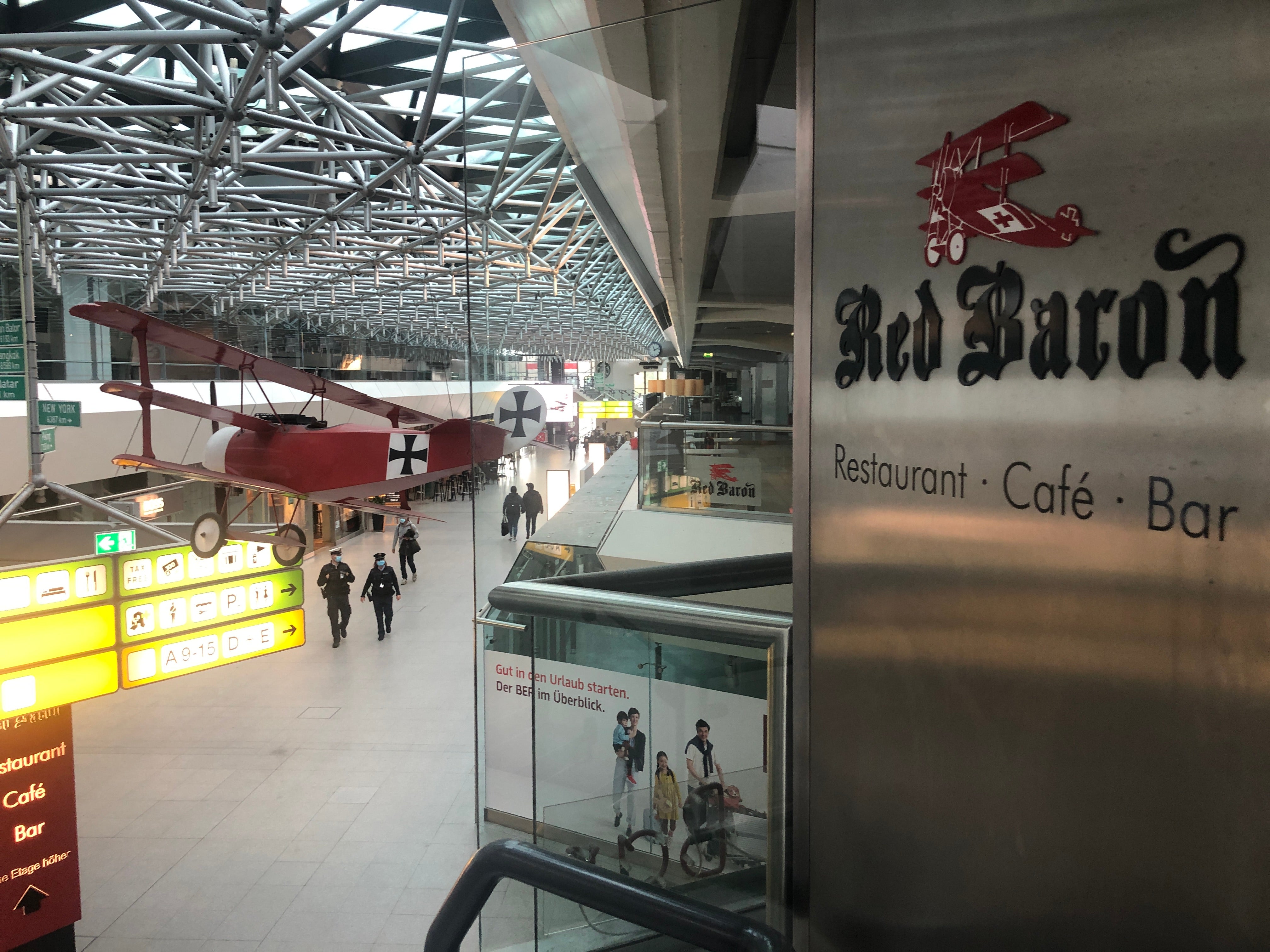Auf wiedersehen, Tegel: the long goodbye to West Berlin
Plane Talk: Germany’s Cold War airport has been frozen out

Despite the mandatory mask, my final flight into Berlin Tegel airport was far more comfortable than the first.
On Friday evening, I paid British Airways £71. On Saturday morning I caught a train to London Heathrow airport. An hour later, I boarded an Airbus A320 that climbed to 39,000ft, and above Hanover began a slow and gentle descent to the German capital.
In January 1989, the experience was rather different. First I paid TWA £75 for a return flight from Gatwick to Frankfurt. Then I paid Pan Am £99 return to continue to West Berlin.
The further the Cold War recedes into the past, the weirder it seems. At the start of the year in which the Berlin Wall came down, flying on one now-extinct US airline to West Germany then changing to another now-defunct American carrier for a domestic flight to reach a city divided by a lethal barrier seemed almost normal.
Dipping sharply to 10,000ft to enter the air corridor across East Germany was surprising, not to mention bumpy. But I lit another cigarette and peered through the murk at the monochromatic German Democratic Republic two miles below.
As Nicky Gardner and Susanne Kries wrote so eloquently a few weeks ago, West Berlin’s Tegel airport was a spectacular riposte to the dead hand of state communism, with “an unrivalled elegance and functionality”.
For decades, Berlin had three of the most distinctive airports in Europe: Tempelhof, a 1930s masterpiece described by Sir Norman Foster as “the mother of all airports”; Schoenefeld, the Soviet-era hub for East Berlin, deliberately located just outside the city to swerve the stipulations of the Four Power Agreement; and Tegel, whose dramatic hexagonal terminal transformed the arrival to West Berlin from 1974.
Between them, the trio represent dimensions and divisions of the German capital. But Schonefeld has been relegated to the status of the distant Ryanair outpost of the shiny new Berlin Brandenburg Airport Willy Brandt (shortened by everyone to BER). And Tegel will shut at the weekend.
When I reached the front of the passport queue, I was baffled, and suddenly transported back a few decades, when the official asked: “Can I see your visa?” While anyone straying across Checkpoint Charlie into East Berlin was obliged to spend five Deutschmarks on a visa, they were never mandatory for Brits touching down at Tegel.
“Sorry, I’m a trainee,” he explained. And I was out of the terminal and on to the forecourt in 30 seconds, which was the architects’ plan.
On Saturday morning passengers seemed outnumbered by the people queueing for access to the viewing gallery. The S-Bahn (surburban railway) carriage converted into a Wurst stall was selling its final sausages, while the Red Baron cafe had already packed up and closed down.
Tegel was an airport for its time, which has now expired. Yet besides the nostalgia that older West Berliners feel for the hexagonal hub that was once a lifeline to their fellow West Germans, I sense the city will quickly come to miss the brutalist corners of Tegel.
In order for Berlin-Brandenburg to get the go-ahead, Tegel and Tempelhof were required to close. Tempelhof saw its last flight in 2008, while Tegel was due to close in 2012 – but remained open for eight more years as the botched BER was provided with the missing Technik.
Many capital cities – notably London, Paris, Rome, Moscow and Washington DC – have more than one airport, which confers several advantages. Competition brings benefits to airlines and travellers.
Residents and visitors are more likely to be able to arrive and depart closer to their final destination in the city, saving time and expense for them and reducing the amount of local journeys. And at times of disruption, flights can divert to a much closer alternative.
In 1989, though, Pan Am was never going to touch down in East Germany.


Join our commenting forum
Join thought-provoking conversations, follow other Independent readers and see their replies
Comments